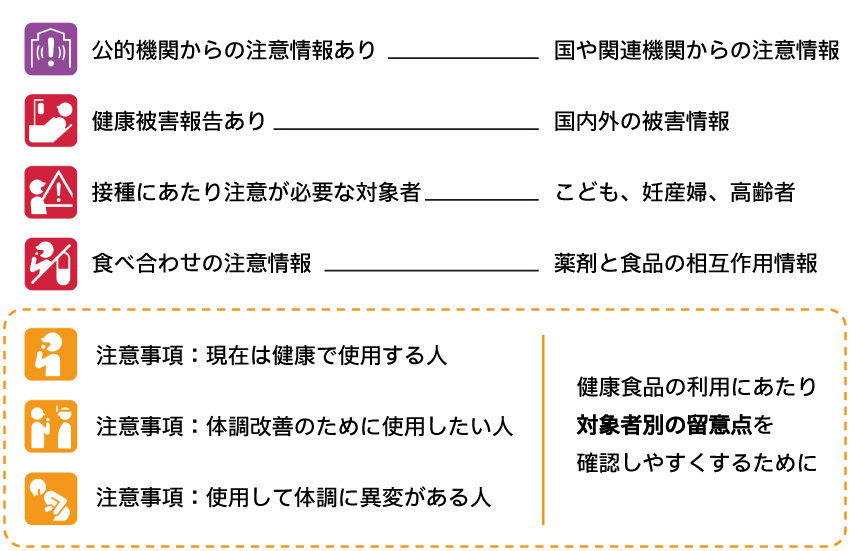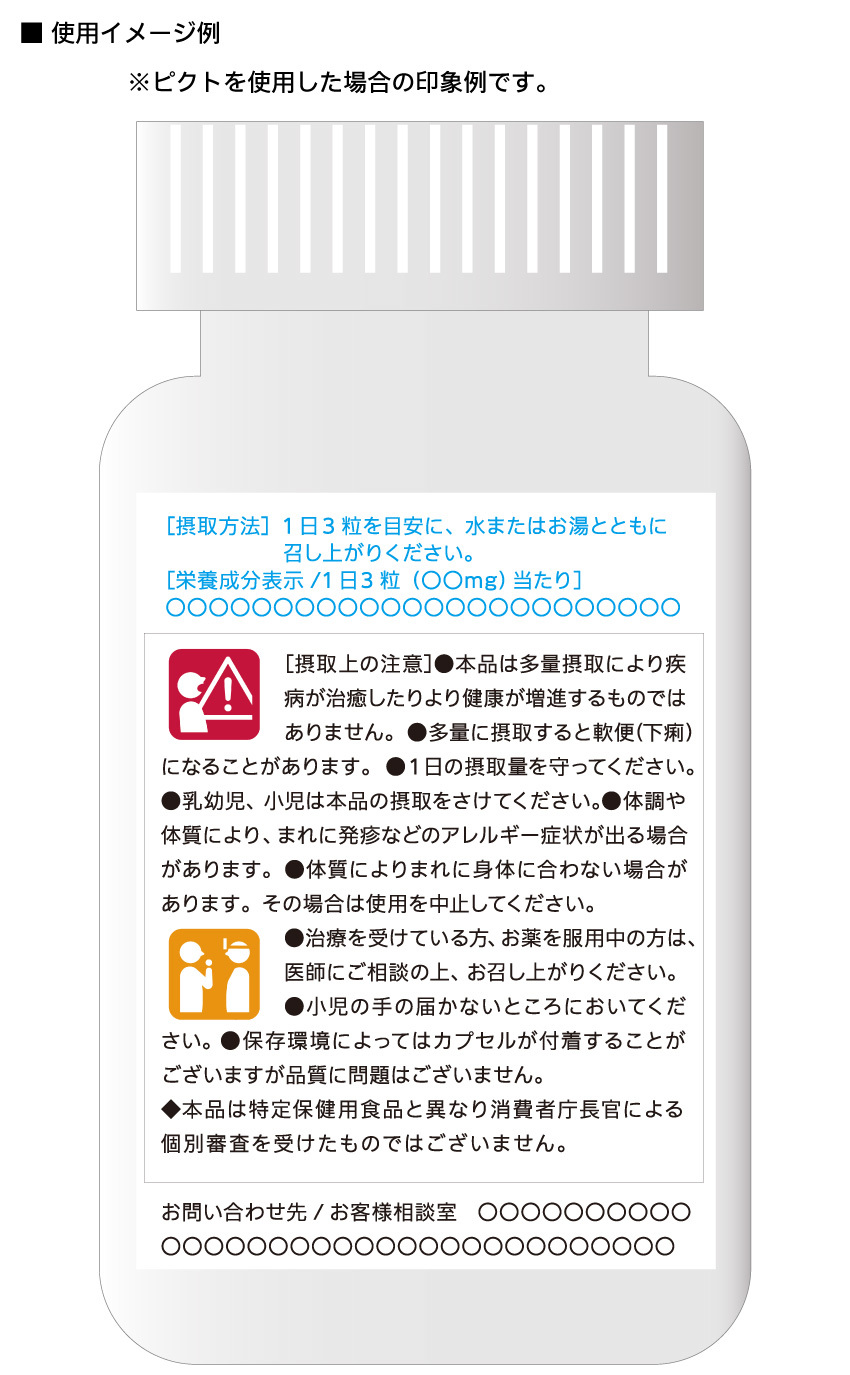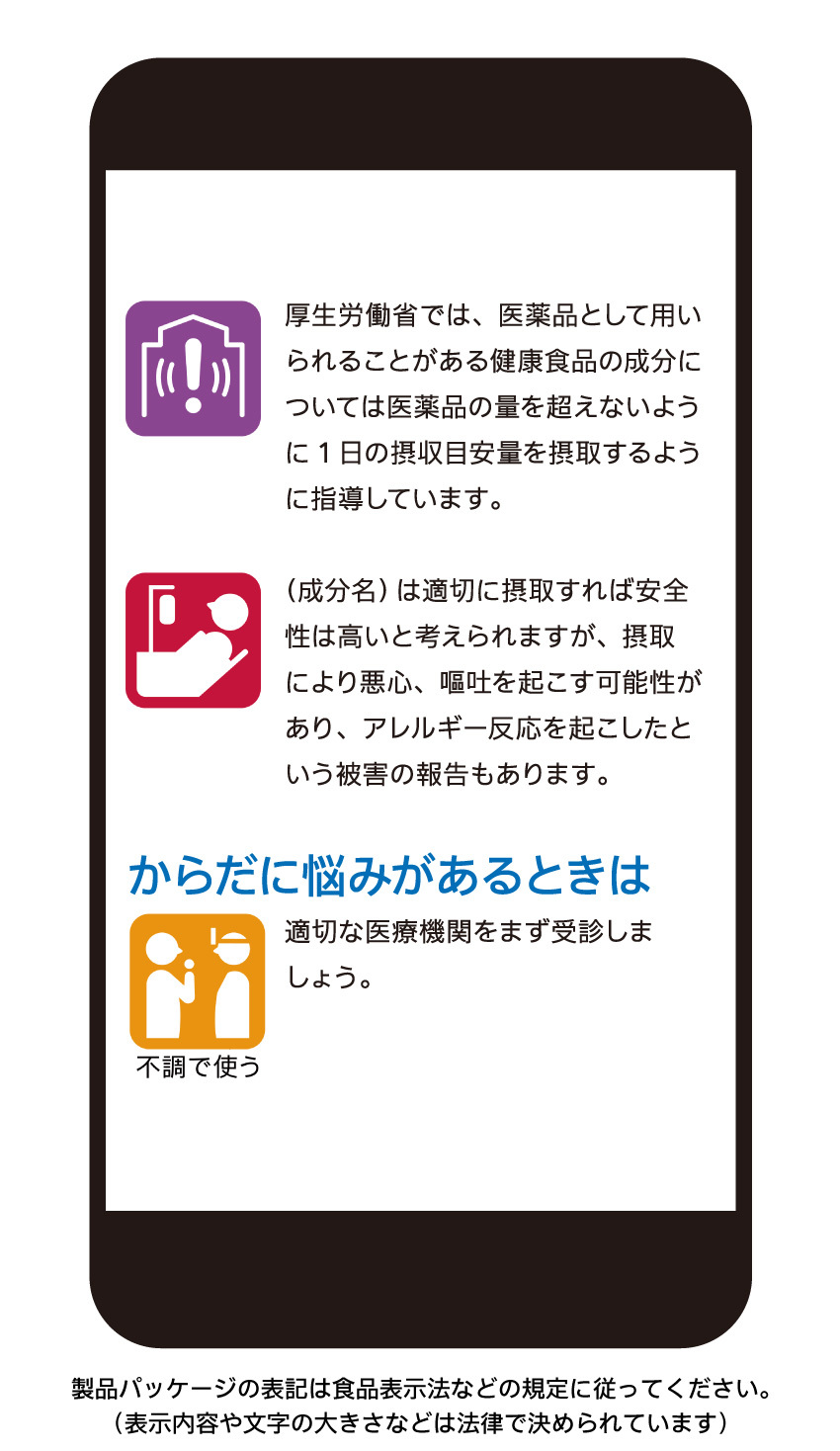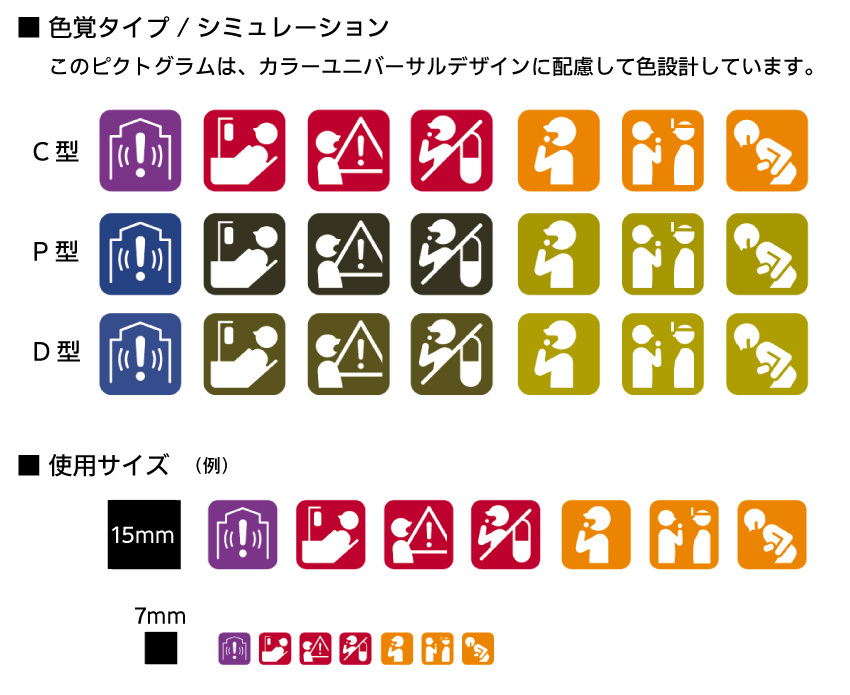(This article is edited content originally published in " cococolor," a web magazine operated by Dentsu Inc. Diversity Lab.)
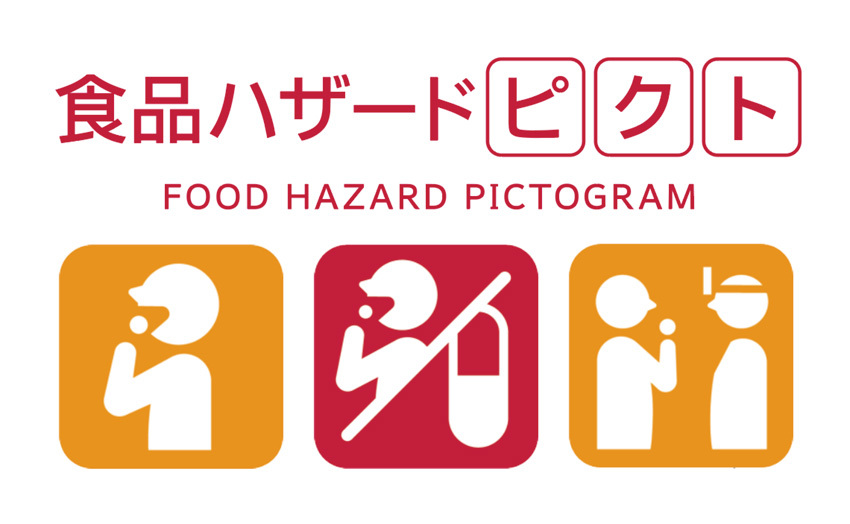
Dentsu Inc. Diversity Lab (DDL)'s "Visibility Project" has developed "Food Hazard Pictograms" in collaboration with the National Institute of Health and Nutrition.
Recently, more products display "Food Allergen Pictograms" on their packaging to provide greater peace of mind for those with allergies. Similarly, "safety information" is critically important for consumers.
The "Food Hazard Pictogram" was designed from a universal design perspective with the goal of "smoothly conveying food safety information" to diverse consumers. It is provided free of charge to promote its widespread adoption.
"By adding pictogram markers to critical health-related information, we hope to reduce the number of people suffering health hazards, even if it's just one person." This pictogram was created from that very sentiment.
Kenji Ueda and Hiroshi Tashiro, who have long worked on universal design projects at DDL and played central roles in designing these pictograms, explain the significance of this initiative!
Crucial "Safety Information" Requires Thoughtful Design for Clear Communication
Health foods, such as supplements and nutritional aids, have become an established part of daily life.
However, depending on the ingredients or components, some people may experience adverse health effects. Therefore, it is crucial to verify information beforehand when using these products.
Despite this, compared to information conveying "product benefits," warnings like "precautions for use" often appear in smaller spaces and are easily overlooked.
Furthermore, even when public institutions, local governments, and specialized research institutes provide detailed information on their websites, issues with information readability mean consumers often cannot immediately find the points they should be aware of.
■We ask healthcare professionals and nutrition/health experts to utilize pictograms to ensure consumers easily recognize critical safety information.
■We also hope health food manufacturers will utilize these pictograms when describing products on their websites, making necessary information easier for consumers to find.
With these aspirations in mind, we developed the "Food Hazard Pictogram."
We sincerely hope that not only "Food Allergen Pictograms" but also "Food Hazard Pictograms" will be used together to create easily noticeable warnings.
The design covers seven types of safety information.
The production process as universal design
When creating the pictograms, we designed them with diversity in mind to ensure they are easy to see for the elderly and those with low vision.
During the development phase, we held opinion exchange meetings with neutral consumer groups and general volunteers. Incorporating consumer feedback into the design is a key process for universal design, following the so-called "human-centered design" approach.
For color, we referenced the disaster alert levels established by the Cabinet Office, using purple, red, and orange to match the importance of the warning. We also slightly adjusted the saturation to consider color universal design.
Regarding size, we verified visibility when displayed on smartphone screens and optimized the thickness of shapes and lines to ensure readability at 7mm squares.
Message from Ms. Tanemura of the National Institute of Health and Nutrition
※Finally, we received comments on the development concept from Ms. Nanae Tanemura of the National Institute of Health and Nutrition, who co-developed the pictograms!
Hello everyone. I'm Nanae Tanemura from the National Institute of Health and Nutrition, responsible for the development concept, production concept, and verification of usefulness for these "Food Hazard Pictograms."
In recent years, scientific communication utilizing pictograms and other visual symbols, rather than just text information, has gained attention as a means to promote hazard communication. In Japan's food safety field, while there are examples of pictogram development and verification for "food allergy labeling," such efforts remain limited in other areas.
Therefore, we developed the Food Hazard Pictogram with the intention that safety information for foods, including supplements and so-called health foods, would "reach the people who need it most." Our research indicates that these pictograms make information easier to find. Furthermore, for the three types of pictograms indicating precautions, incorporating text has shown potential for practical use.
Examples of their use are published on the page introduced at the bottom of this site. Please give them a try.
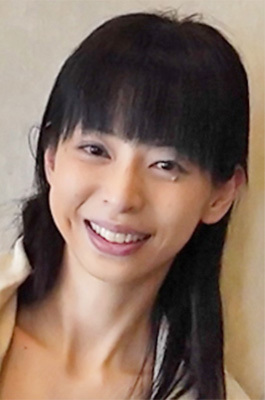
National Institute of Biomedical Innovation, Health and Nutrition (NIBIOHN) Nanae Tanemura 【Education】Graduated from Chiba University Graduate School of Medicine and Pharmaceutical Sciences, Advanced Medical and Pharmaceutical Sciences (Medical Field), Doctor of Medical Science (M.D.) 【Career】After positions at Kyoto University, Chiba University, and Keio University, assumed current position in August 2020 [Social Activities] Advising and mentoring for Super Science High School (SSH) cross-curriculum programs [Major Awards] August 2004: Osaka University Extracurricular Research Encouragement Award (President's Award) / March 2019: Keio University Dean of Pharmacy Award (Research) [Specialized Fields] Regulatory Science, Clinical Trial Management
Regarding Use of Pictogram Data
"Food Hazard Pictograms" are pictograms created to help health information providers smoothly convey food safety information to consumers. Please review the usage guidelines and feel free to use them.
Design data and usage guidelines can be downloaded free of charge from the following site.
■ Support Tool for Promoting Effective Risk Communication Regarding Food
National Institute of Health Sciences
Nanae Tanemura
https://researchmap.jp/7000025167/research_blogs
● Guidelines for Using the "Food Hazard Pictogram"
● Usage Guidelines
● "Food Hazard Pictogram" (JPG)
● "Food Hazard Pictograms" (PNG)
■ Related Links
Ministry of Health, Labour and Welfare Website
Research Project for Ensuring Food Safety (Health and Labor Science Research)
■ Contact
https://dentsu-diversity.jp/contact/





 Dentsu Inc. Diversity Lab (DDL)'s "Visibility Project" has developed "Food Hazard Pictograms" in collaboration with the National Institute of Health and Nutrition.
Dentsu Inc. Diversity Lab (DDL)'s "Visibility Project" has developed "Food Hazard Pictograms" in collaboration with the National Institute of Health and Nutrition.